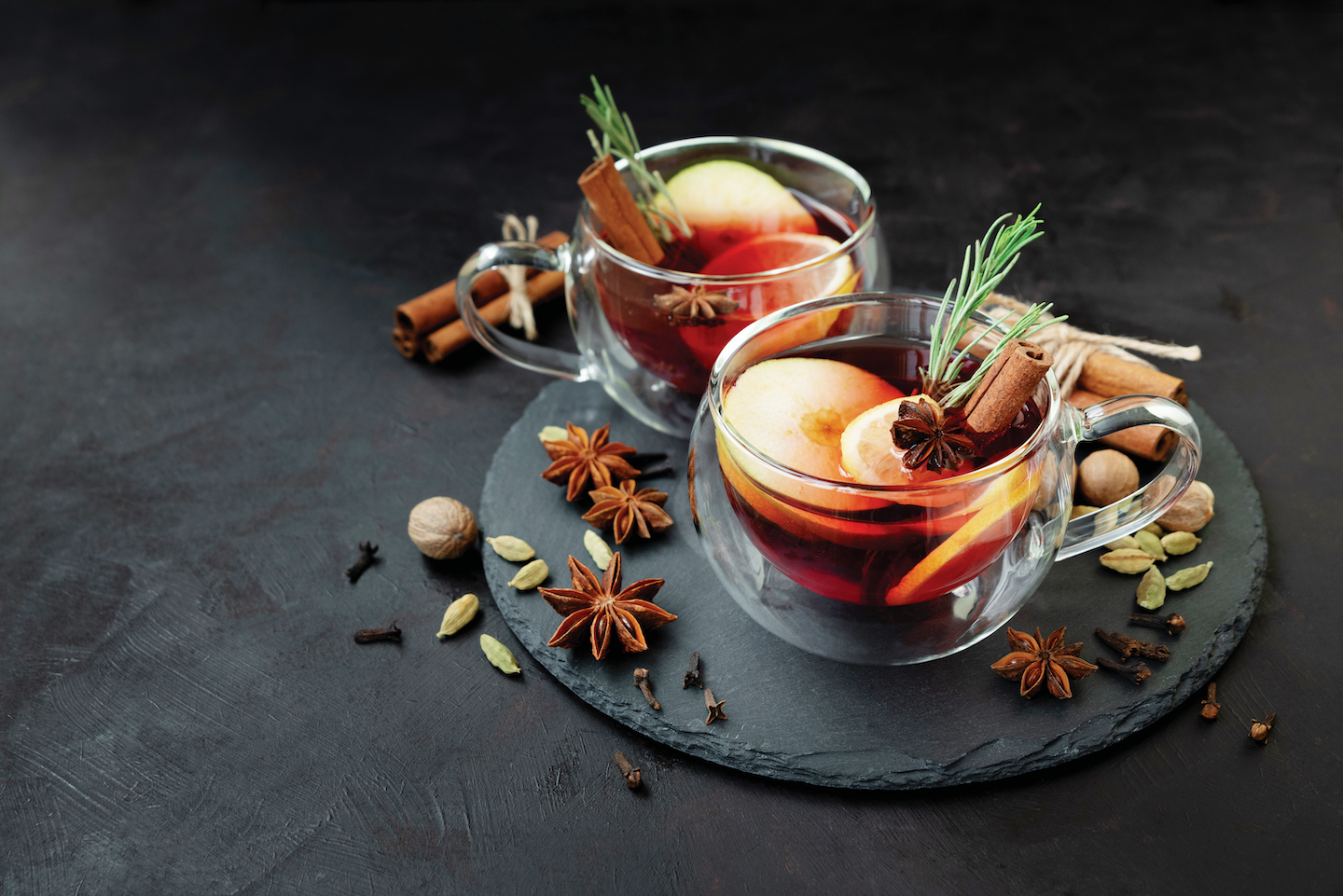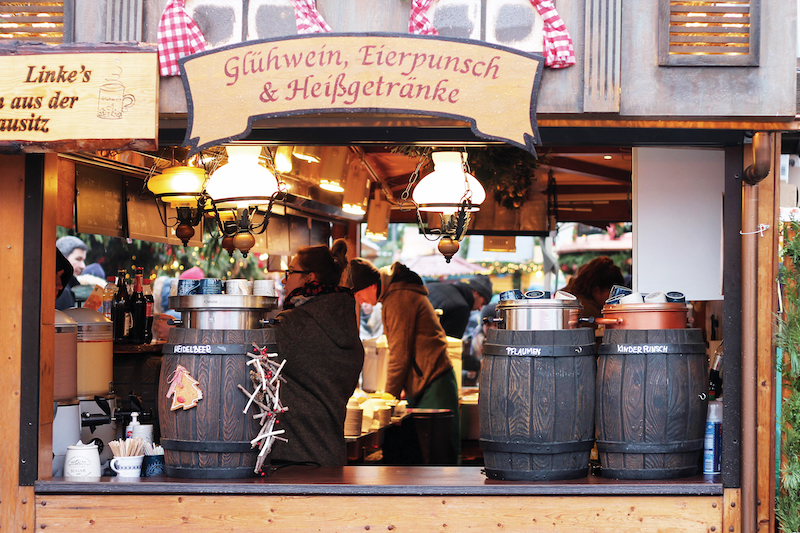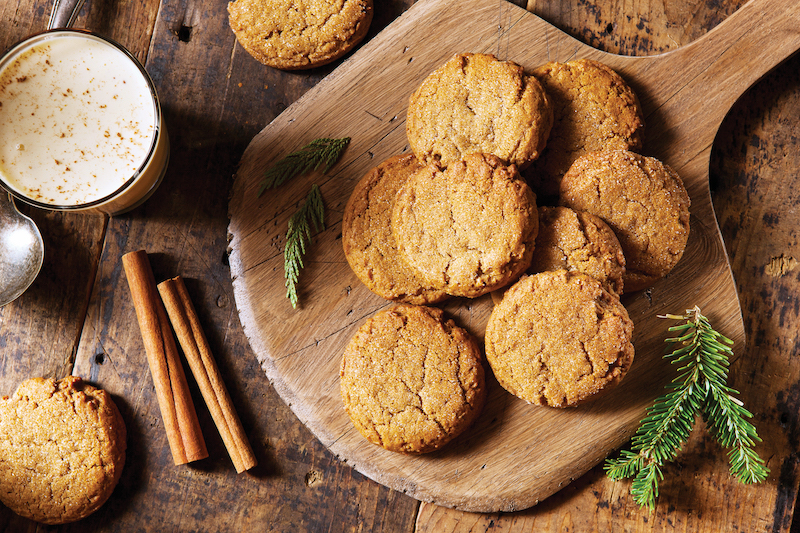
For both the Greeks and Romans, this medicinal tonic was made with leftover wine
A heated mix of red wine, citrus (usually oranges), sugar and spices such as cinnamon and cloves, mulled wine is an ideal brew to sip in colder climes. Some date the origins of this drink back to ancient Greece, where spiced wine was used as a medicinal tonic for warming the body. The Greeks called this elixir hippocras, after Hippocrates of Kos, the physician known as the “father of medicine”.
The recipe of mulled wine was first properly documented by the Romans, who called it conditum paradoxum, which roughly translates as “surprise spiced wine”. In the second century, Roman playwright Titus Maccius Plautus featured spiced and heated wine in his play Curculio. A few centuries later, the recipe for conditum paradoxum was part of the Apicius — one of the oldest cookbooks of Roman recipes, also known as De re culinaria or De re coquinaria (on the subject of cooking).
This particular recipe combines wine, honey, pepper, laurel, saffron and dates, which is completely different from what is usually drunk today. For both the Greeks and Romans, this medicinal tonic was made with leftover wine (which must have been a rarity, when you consider how much wine they drank in those times) or, in some cases, a bad harvest was made to taste better by mulling it with spices.
137792574_l.jpg

As the Romans conquered Europe, they brought with them their conditum paradoxum, and many countries now have their own version, all believing then that this brew would promote good health. In the 12th century, France and Spain’s “spicy wine” was all the rage, and recipes were documented in old medieval cookbooks such as Tractatus de Modo. England’s King Henry III was said to be fond of mulled wine, which was widely known even in Germany and Nordic countries.
Today, different cultures call this drink by different names with tweaks to their recipe. In the UK, mulled wine is a traditional holiday drink. It was cemented as a Yuletide beverage when Charles Dickens’ 1843 novel, A Christmas Carol, featured a Smoking Bishop. This cocktail is a mulled wine that includes port, red wine, lemons or Seville oranges, sugar and spices such as cloves, cinnamon, mace, allspice and ginger. Another variation that was popular during Victorian times was called Wassail Punch (a mulled cider), but it is not as common today.
Glühwein, or “glow wine”, is also a favourite Christmas drink in Germany and often found in Christmas markets. Similar to mulled wine, this variation has red wine, cinnamon sticks, cloves, star anise, citrus and sugar. Another popular recipe for the holidays is Feuerzangenbowle, where a rum-soaked sugarloaf is set on fire and slowly drips into a cup of Glühwein.
Called glögg, gløgg or glögi in Nordic countries, this version of mulled wine is often made stronger with the addition of vodka, akvavit, rum or brandy. In Sweden, it is usually served with raisins, ginger biscuits and almonds; in Norway, it is accompanied by rice pudding. It is so popular that non-alcohol versions and ready-mixes are available in grocery stores.
33876282_l.jpg

While the basic recipe for mulled wine is quite standard, some countries have a few interesting tweaks. In Latvia, the national drink Riga Black Balsam is added; in Bulgaria, honey, apples and citrus are key; the Moldovan version, called Izvar, has red wine, pepper and honey; and the Polish Grzane Piwo replaces wine with beer.
Although mulled wine is popular in December, Mulled Wine Day is on March 3; so, clearly, it should be enjoyed all year round. Whether you choose to make it with leftover wine (I have never experienced such a phenomenon) or decide to buy a cheap bottle or two to mull on the stove, this drink is warm and enriching. Perhaps the next time you decide to whip up a batch, reach for old-school ingredients such as saffron and dates or try a recipe for Glühwein or glögg instead.
This article first appeared on Feb 28, 2022 in The Edge Malaysia.


